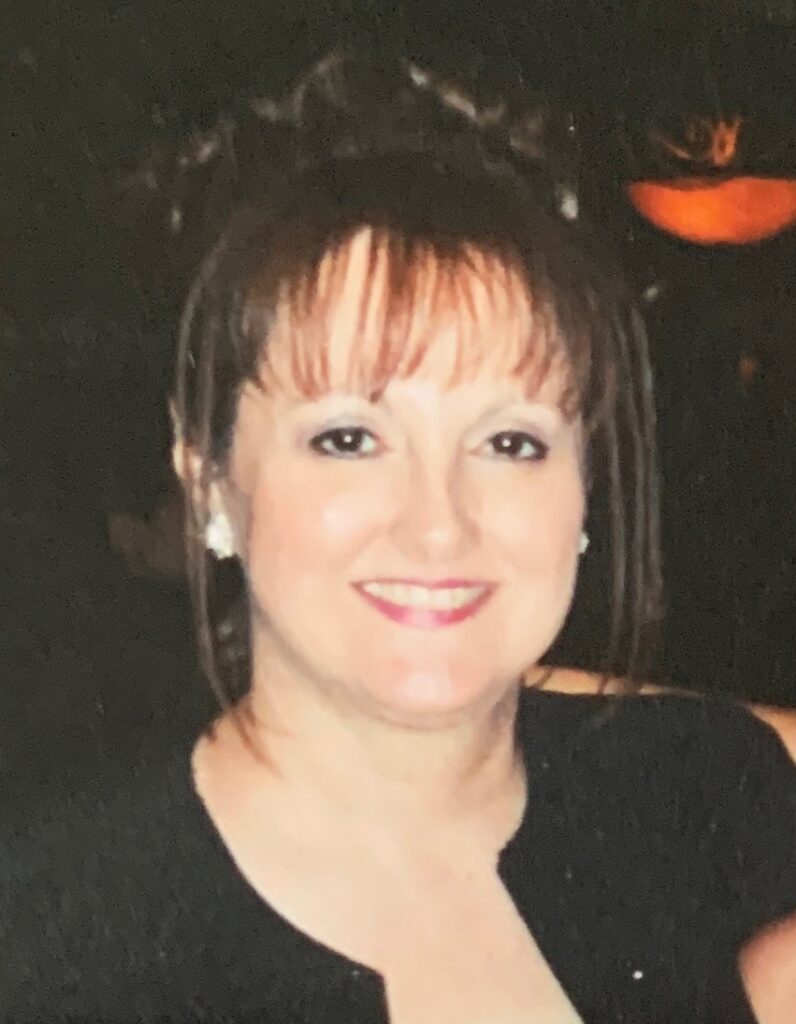“I can’t think of one thing that could have been better in the hospital than at home.”

When a respiratory infection takes a turn for the worse, ending up in the emergency department (ED) can be overwhelming by itself, but it’s even more daunting when the hospital is busy with multiple cases. Henry Ford Health patient Joan discovered this firsthand when her urgent care provider unexpectedly sent her to the ED for pneumonia. “I didn’t realize how sick I was,” Joan recalls. Exhausted and weak, she was told she would need to be admitted for treatment, including intravenous (IV) antibiotics.
“People were coming into the hospital with a lot of respiratory problems, and it was so busy, there wasn’t a room available,” she notes. For three days, Joan was in the emergency department waiting to be admitted. That’s when a Recovery Care Coordinator from the Henry Ford Health Care at Home program approached her. The program, in operation since 2021, allows patients to return home to receive their hospital-level care. “She explained the hospital at home program and I thought it sounded wonderful,” Joan says.
Highlights of the hospital-at-home program
Back in her own bed, Joan found the program to be “wonderful.” She explained that in the ED, there was only a public restroom, which was down the hall and around the corner. “It was just so nice to be home with my own bed, my own pillow and my own bathroom,” she says.
Along with those everyday comforts, the program brought top-tier medical care directly to her home. “When I first got home, I was amazed at how quickly they had the supplies at my residence,” she recalls. “The staff were great. They were always on time, and they always called before they came. If something came up and they were running late they would always let me know.”
Joan was especially impressed with the level of care available outside of the hospital. Unlike home health, she says, “People need to really understand that it is medical care. It’s like being in the hospital — only 100 times better.
“I was able to meet with my doctor every day virtually. He would explain the results of tests, how I was responding to treatment and answer any concerns or questions I had,” she notes. And the program offered clinical care that was equal to the services available in the hospital: “My veins are hard to get, but they even had teams that would come out to do the IV. They were prepared for everything every day. Towards the end of my treatment, I needed an x-ray, and they sent someone out with a portable x-ray machine and took a chest x-ray.”
Better healing, less risks at home
Being at home helped her heal faster, Joan says. “I was more relaxed and so many things were explained to me that I had a better understanding of my health — and being in my own home, I could take better care of myself.”
She added, “Nurses work really hard in the hospital, but there’s no way I could have gotten as much hands-on treatment in the hospital — there isn’t time for it. They always presented as genuine and sincere — I never ever felt like I was being patronized. I never once felt like they were in a rush. They always answered all my questions.”
The benefits also extended beyond comfort and individualized attention, she notes. “I felt safer at home, because there’s a decreased chance of getting sepsis,” Joan observes. “I could have been susceptible to other germs in the hospital. It also kept my friends from being exposed to all the respiratory infections at the hospital.”
“They were shocked”
Joan shares that she has been telling everyone she knows about the program and its benefits — which some of her friends and family were able to witness firsthand. While she was enrolled, “It was easier for my family or friends who wanted to come visit or bring me something — they didn’t have to drive to the hospital and park and all that. My sister was here, and my daughter and granddaughter. They were surprised at how long the nurses stayed when they came. When they got to hear and experience it, they were shocked at how great it was.
“I can’t think of one thing that could have been better in the hospital than at home.”
